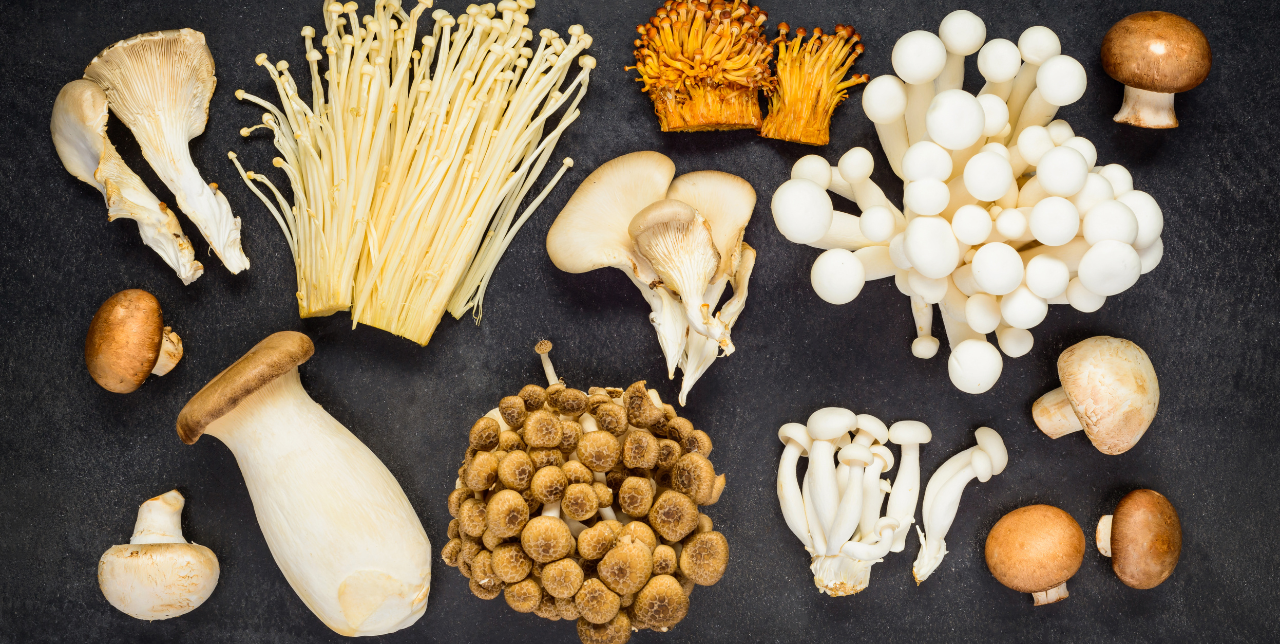Dreaming of exploring the forest floor, cataloging exotic fungi, knowing more about your favorite strains of psilocybin shrooms and maybe discovering a new species of mushroom? Then you’re eyeing a journey into becoming a mycologist.
Before diving deeper, let’s unfold what mycology truly means and the role of a mycologist. Mycology is the scientific study of fungi, a kingdom of organisms that includes mushrooms, molds, yeasts, and more. It’s a field that explores their genetics, taxonomy, and their roles in ecosystems and human life. Mycologists, then, are scientists dedicated to studying fungi. They delve into understanding how these organisms grow, reproduce, interact within ecosystems, and affect other living things, including humans. Mycologists might work in various settings, from laboratories conducting research on fungal diseases to outdoor environments cataloging diverse mushroom species. Their work contributes significantly to medicine, agriculture, and environmental science, showcasing the indispensable role of fungi in our world.
Becoming a mycologist isn’t just about wandering in the woods; it requires a mix of passion, knowledge, and the right tools. Here are five essentials you need to know if you’re setting your sights on this spore-filled career path.
1. Dive Into the Best Beginner Resources
Embarking on your mycology journey means soaking up all the information you can. For starters, grab a copy of “Mushrooms Demystified” by David Arora, a bible for mushroom enthusiasts. In addition, online forums like Mushroom Observer and social media groups are gold mines for connecting with fellow fungi aficionados. Don’t overlook the importance of joining local mycological societies, which offer workshops, forays, and priceless networking opportunities.
2. Gear Up with the Right Tools
Every mycologist needs their toolkit. A sturdy basket or a breathable bag is a must for your mushroom hunting trips. Include a sharp knife for clean cuts, a soft brush for dirt removal, and a hand lens for inspecting those intricate details. GPS apps or a compass will ensure you don’t lose your way, while a field notebook keeps track of your finds. Remember, the right tools not only make your hunt efficient but also protect the integrity of your samples.
3. Know Where and When to Look for Mushrooms
Timing and location are everything in mushroom hunting. Mushrooms love moisture, so right after a rainy period is prime time for foraging. Early morning ensures you get to them before other enthusiasts or wildlife do. As for locations, start with local parks or forests with permission for foraging. Each mushroom species has its preferred habitat, be it decaying wood, rich soil, or near certain trees, so research is key.
4. Master the Nomenclature
Mycology comes with its own language. Understanding scientific names, classifications, and the basics of mushroom anatomy is crucial. This knowledge not only aids in accurate identification but also connects you with the global mycology community, enabling clearer communication and collaboration. Start with basic terms and gradually deepen your understanding. Remember, every expert was once a beginner!
5. Acknowledge the Risks and Take Precautions
Mycology, while rewarding, carries its risks. Distinguishing between edible and toxic mushrooms is a matter of life and death. Never consume a mushroom unless you’re 100% certain of its identity. Be aware of the legalities of foraging in your area to avoid trespassing or violating conservation laws. Dress appropriately for the outdoors, and always let someone know where you’re going and when you expect to return.
Becoming a mycologist is a journey of continuous learning and discovery. It offers the thrill of the hunt, the joy of learning, and the satisfaction of contributing to scientific knowledge. Equip yourself with the right tools, knowledge, and precautions, and you’re well on your way to a rewarding career or hobby in mycology.
Reference Links:
- “Mushrooms Demystified” by David Arora: https://www.davidarora.com/mushrooms-demystified
- Mushroom Observer: https://mushroomobserver.org/
